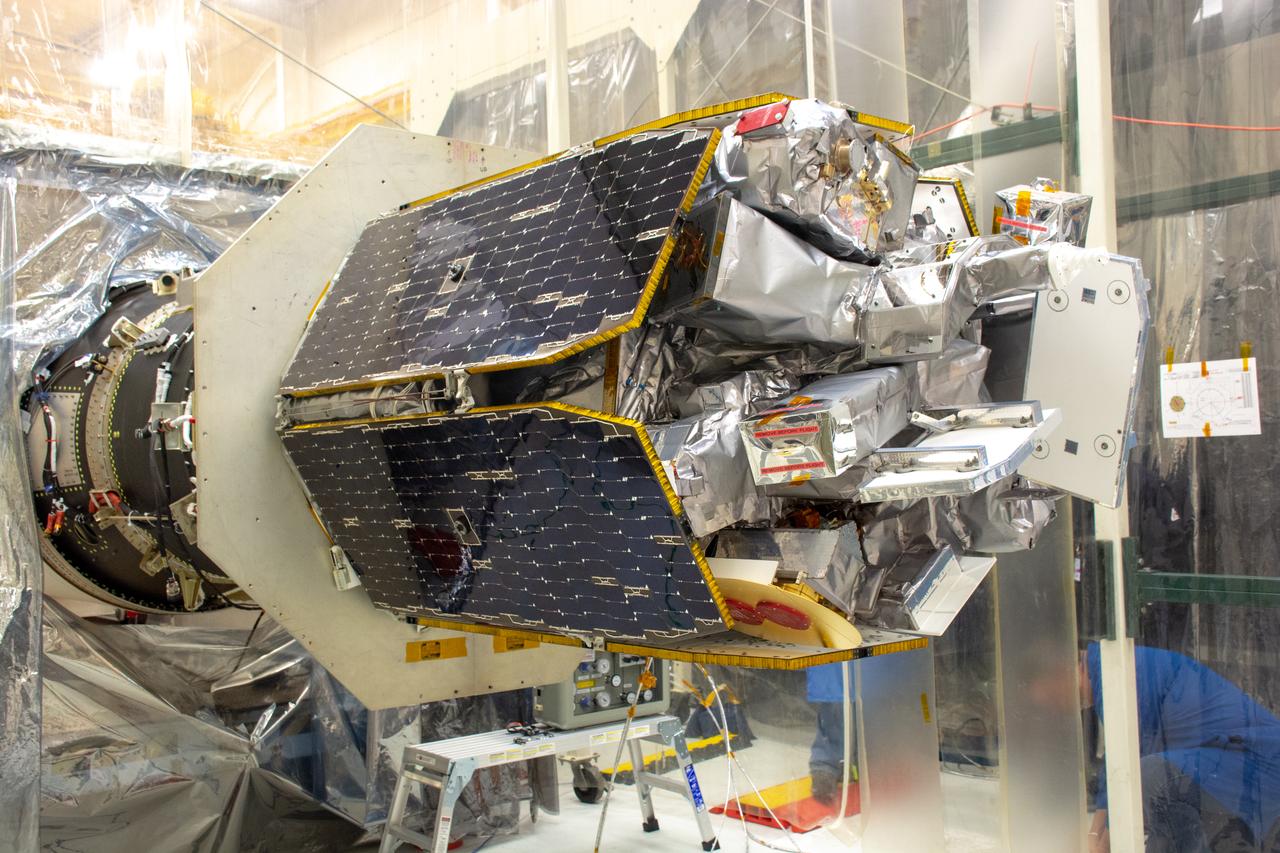Editor’s Note: This media advisory was updated on Oct. 9 to reflect the new launch date of 9:15 p.m. EDT, Thursday, Oct. 10.
Due to weather conditions in the area, NASA’s Ionospheric Connection Explorer (ICON) is now scheduled to be air-launched over the Atlantic Ocean at 9:30 p.m. EDT Thursday, Oct. 10, by Northrop Grumman’s Pegasus XL rocket. Coverage of the prelaunch briefing and launch will air live on NASA Television and the agency’s website.
ICON and Pegasus will take off aboard the company’s L-1011 Stargazer aircraft from Cape Canaveral Air Force Station in Florida for a 90-minute launch window opening at 9:25 p.m.
NASA TV coverage is as follows:
Tuesday, Oct. 8
- 1 p.m. – Mission briefing from NASA’s Kennedy Space Center in Florida. Participants will include:
- Nicola Fox, Heliophysics division director in NASA’s Science Mission Directorate
- Thomas Immel, ICON principal investigator at the Space Sciences Laboratory at the University of California Berkeley
- Omar Baez, launch director in NASA’s Launch Services Program
- Phil Joyce, vice president of space launch programs at Northrop Grumman Innovation Systems
- Steve Krein, vice president of civil and commercial satellites at Northrop Grumman Innovation Systems
- Representative from the U.S. Air Force 45th Space Wing
Thursday, Oct. 10
- 9:15 p.m. – Launch coverage begins
The deadline for media to apply for accreditation for this launch has passed, but more information about media accreditation is available by emailing ksc-media-accreditat@mail.nasa.gov.
ICON will study the frontier of space – the dynamic zone high in our atmosphere where terrestrial weather from below meets space weather above. The ionosphere can be a source of great beauty, but also can be disruptive to radio communications and satellites, and astronaut health. ICON will help determine the physical processes at play in the ionosphere and pave the way for mitigating its effects on our technology, communications systems and society.
For the latest schedule of prelaunch briefings, events and NASA TV coverage, visit:
Learn more about the ICON mission at:
-end-
Grey Hautaluoma / Karen Fox
Headquarters, Washington
202-358-068 / 301-286-6284
grey.hautalumo-1@nasa.gov / karen.fox@nasa.gov
Mary MacLaughlin
Kennedy Space Center, Fla.
321-867-2468
mary.maclaughlin@nasa.gov
























